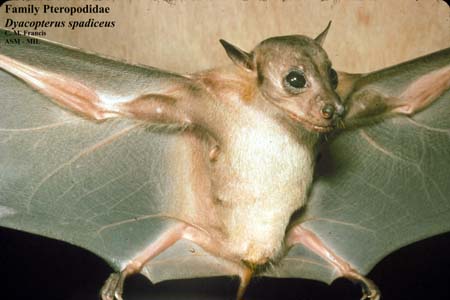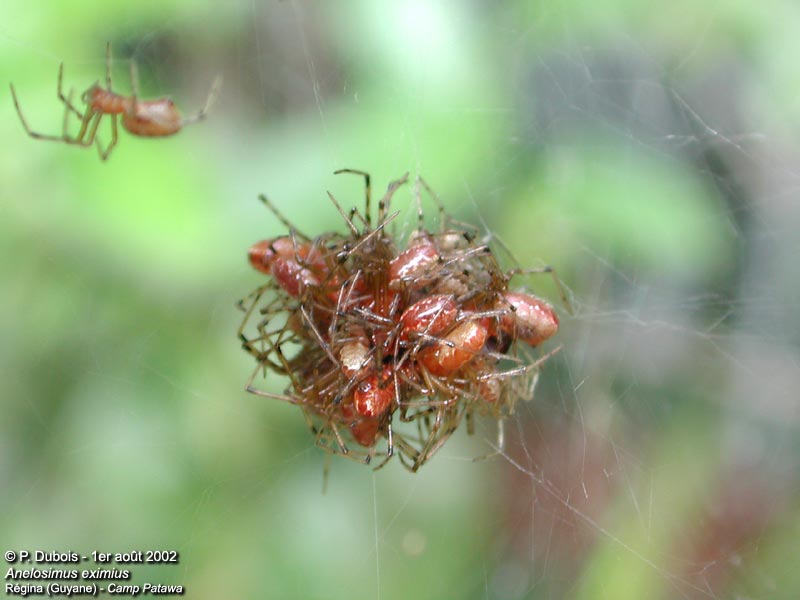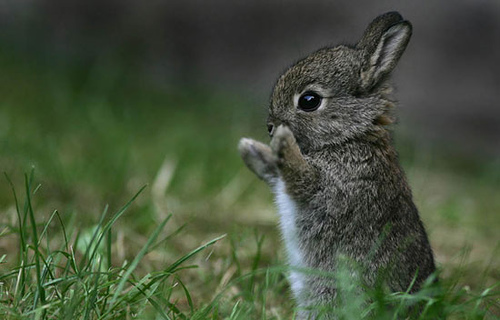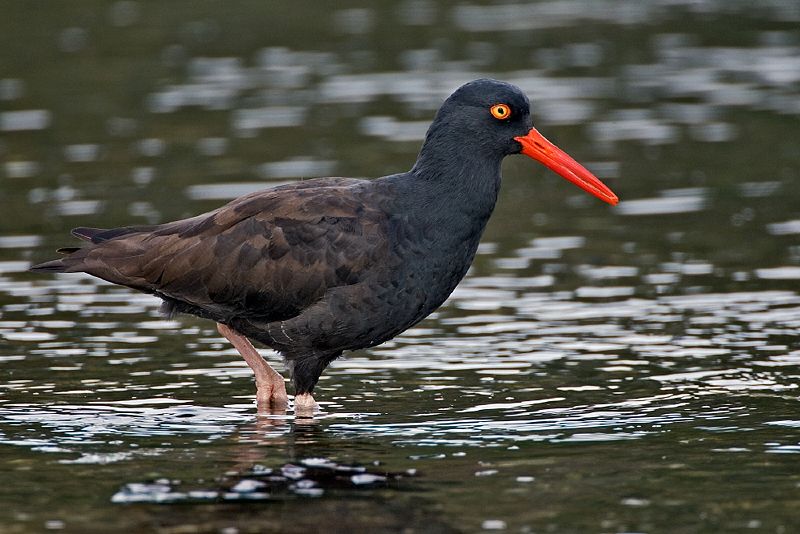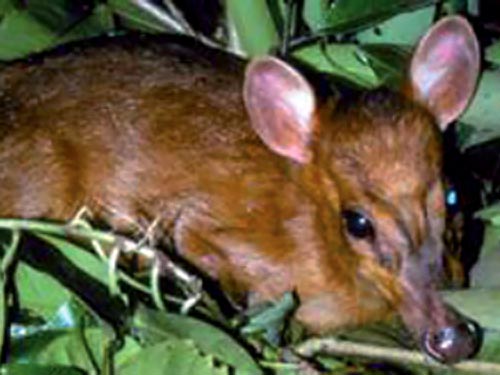Did You Know?
- The Dayak Fruit Bat is a rare megabat found in parts of southeast Asia, especially Borneo
- The male Dayak Fruit Bat is is capable of producing milk (for what purposes…we don’t know :))
- Interestingly enough this “megabat” actually weighs less than 150 grams (5.3 ounces)
- The Dayak Fruit Bat may be one of only five bat species that form monogamous relationships with their partner
Why Does the Male Dayak Fruit Bat Produce Milk?
You can’t have a Wild Fact on the Dayak Fruit Bat and not start out by discussing the intriguing behaviour exhibited by the males. Of course, I am talking about their ability to produce milk. Believe it or not, this is one of the only known species that the males produce milk. The big question is why do the males have this extraordinary behaviour? Unfortunately, I can’t provide you with a definite answer. A few of the educated guesses include:
- So the fathers are able to help with feeding the young. Although, no males have yet to be observed nursing their young
- The milk is a by-product of their diet. This could be a result of them eating leaves rich with estrogen-like compounds or because they are consuming pesticides. Either way, these chemicals will help stimulate the production of milk. If this is the case then it would seem that the milk of the males serves no legitimate purpose.
Regardless of the purpose, it definitely makes the Dayak Fruit Bat one of a kind….for now.
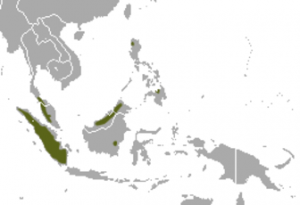
On the Decline
This cuddly little fruit bat is currently listed as “Near Threatened” on the IUCN Red List, however, their population appears to be on the steep incline. In fact, it is estimated that their rate of disappearance is around a 30% decline over the next 10 years. Unfortunately, we don’t have a great handle on their actual population numbers since they are fairly rare and they tend to reside high in the canopy, far out of reach from the researchers sampling nets. With that said, the destruction of their habitat is making them increasingly rare and in time they may completely cease to exist.

